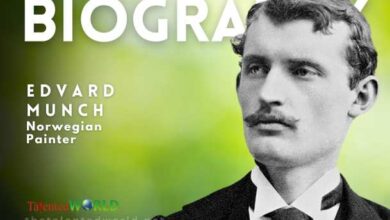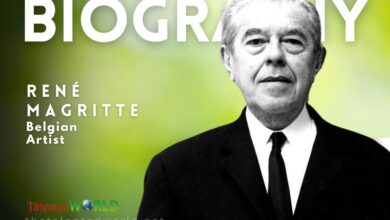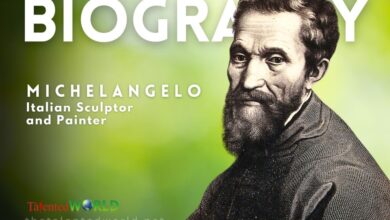
Quick Facts
| Fact | Detail |
|---|---|
| Full Name | Henri-Robert-Marcel Duchamp |
| Known As | Marcel Duchamp |
| Born | 28 July 1887 |
| Place of Birth | Blainville-Crevon, France |
| Died | 2 October 1968 (aged 81) |
| Place of Death | Neuilly-sur-Seine, France |
| Nationality | French |
| Known For | Painting, sculpture, film |
| Art Movements | Cubism, Dada, conceptual art |
| Notable Works | – Nude Descending a Staircase, No. 2 (1912) – Fountain (1917) – The Bride Stripped Bare By Her Bachelors, Even (1915–1923) – LHOOQ (1919) – Étant donnés (1946–1966) |
| Spouses | – Lydie Sarazin-Lavassor (m. 1927; div. 1928) – Alexina “Teeny” Sattler (m. 1954) |
| Partners | – Mary Reynolds (1929–1946) – Maria Martins (1946–1951) |
| Siblings | – Jacques Villon (painter, printmaker) – Raymond Duchamp-Villon (sculptor) – Suzanne Duchamp-Crotti (painter) |
| Early Education | Lycée Pierre-Corneille, Rouen |
| Early Influences | Brother Jacques Villon, academic drawing teacher |
| Early Artistic Style | Drawings and watercolors of his sister, Impressionist landscapes |
| Philosophy | Art should serve the mind rather than merely please the eye; rejected purely “retinal” art |
| Impact | Immense influence on 20th- and 21st-century art, seminal influence on conceptual art |
| Career Highlights | – Co-founder of Dada movement – Developed ready-mades (e.g., Fountain) |
| Legacy | Along with Picasso and Matisse, one of the three artists who defined revolutionary developments in 20th-century art |
| Biographical Facts | Enjoyed cultural activities from a young age, inspired by his maternal grandfather’s art, strong familial bond with artistic siblings |
| Additional Interests | Chess player |





